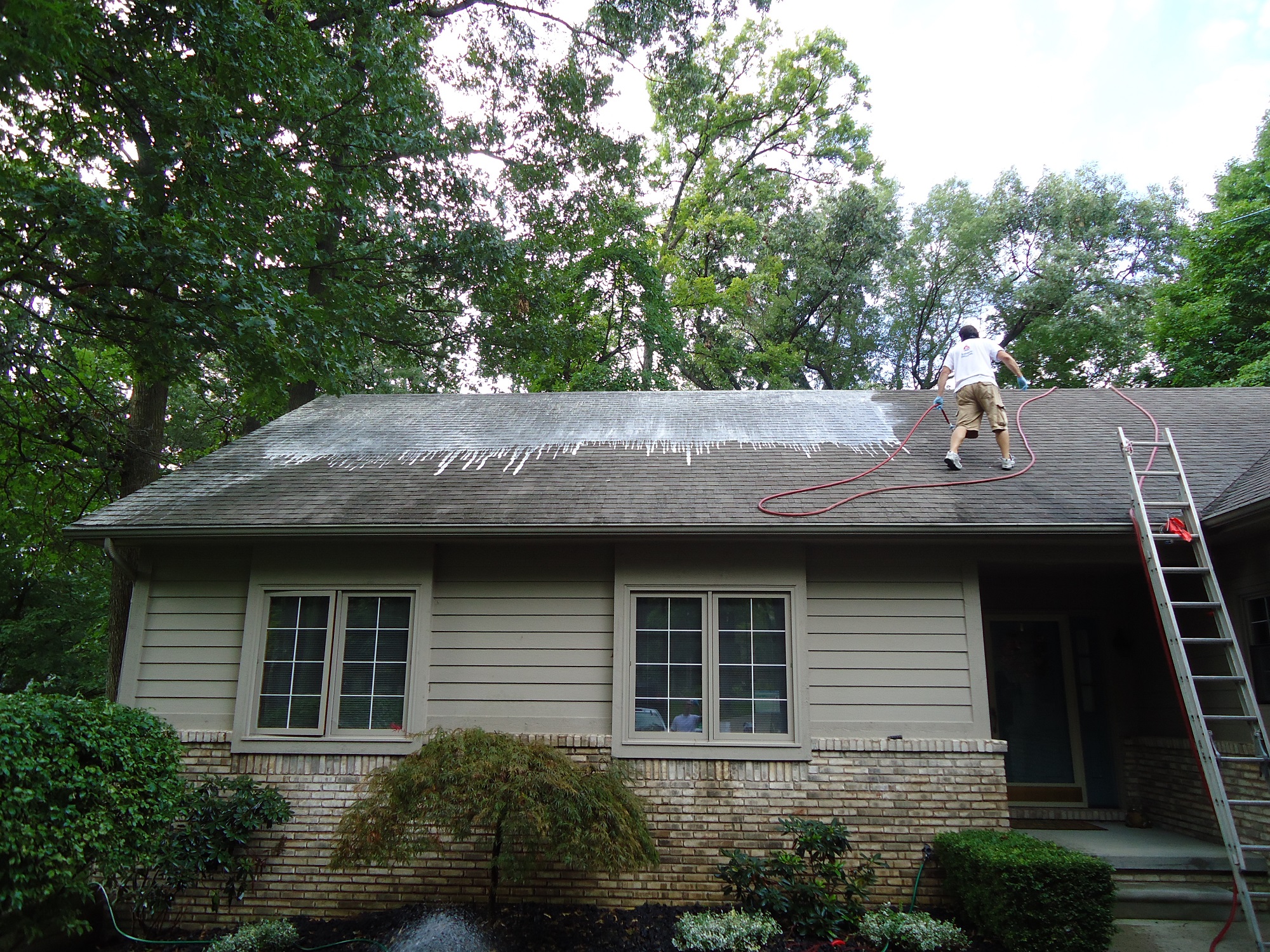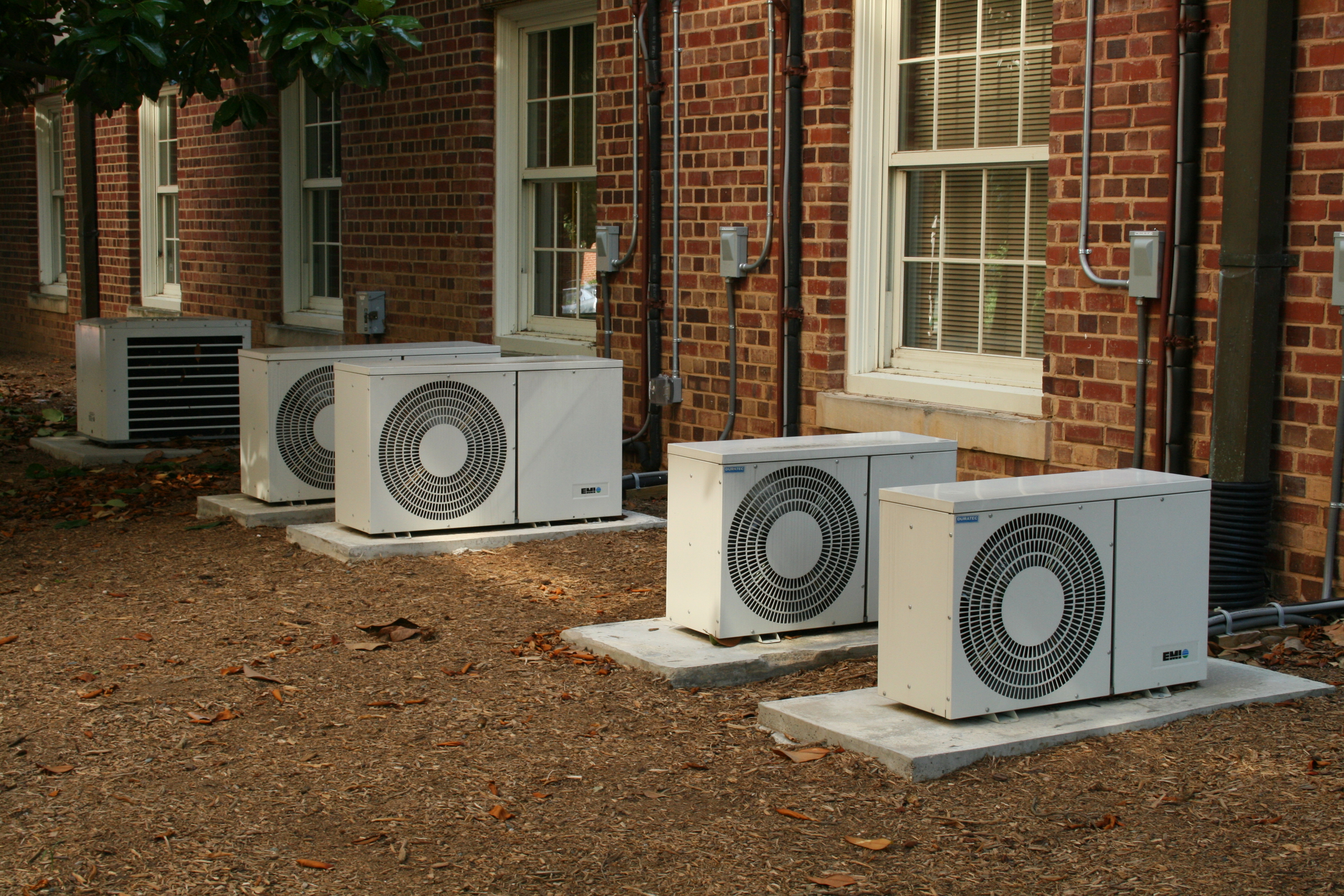“The Big Five”
Many things are included in a comprehensive home inspection. It has been our experience that there are five areas that, if they are in disrepair / need replacement, will be the most expensive.
Roofing
Various weather proofing methods are used. The most common roofing material is the asphalt shingle. Not all roofing shingles are created equal. And as with many things, the more expensive it is, the better the quality (generally). Asphalt shingles come with a warranty for as little as 15 years to “lifetime”. Shingle quality is only part of roofing durability. Three other critical factors are: professional installation, climate and roof design structure. A visual inspection will reveal the condition of the roof covering, the type of shingle and whether the design of the roof structure is high risk or not. Rarely is the age of the roof covering accurately disclosed on the seller’s disclosure statement. If the age of the roof covering is not disclosed, ask for the age. Accuracy of the stated age is best verified with a receipt(s) as associated with replacement.


Furnace
Most homes in Michigan are heated with a gas fired forced air furnace. Over time, the standard of efficiency and in some cases durability of forced air furnaces have improved. Some of the older designs (if kept in extended service) will fail in a dangerous way. This critical component (the heat exchanger), when it fails, will allow poisonous combustion gas to mix with circulated house air. The life expectancy of the heat exchanger varies considerably depending of manufacturer and type of material used. Any furnace more than 20 years old is at elevated risk for breakdown. The age of a furnace can be verified by reviewing the serial number on the data plate inside the furnace.
Air Conditioning
Electric air conditioning has been in common use in Michigan since the 1960’s. More than 80% of new homes nationwide include an air conditioning system. Older systems utilize a refrigerant that is harmful to the environment. Over time this gas will eventually leak out of the system – typically at a slow rate. As the gas (R-12) leaks out, the system it becomes less efficient. Newer systems utilize a more environmentally friendly refrigerant. Typically an older system is replaced when it loses its efficiency or the condenser (outside unit) suffers mechanical failure. The age of an a/c system can be verified by reviewing the serial number on the data plate on the outside of the condenser.


Electrical Service
Since the early 1900’s electrical service in homes has changed in important ways. Way back when – electricity was a “high tech” novelty used in only limited ways – mostly for lighting. As such, most of the turn of the century homes were fitted with main and distribution systems for the modest demands that were placed on them. Through the 20th century inventors found thousands of uses for electricity. The electrical systems in these older homes (pre 1950) became inadequate unless they have been significantly updated. Too many amateurs take it upon themselves to “improve” the service in their home. This amateur workmanship places the home at higher risk for fire.
Foundation
Multiple different materials have been used over time in the construction of the foundation for a home. Among which most commonly include: stone and mortar, wood (PFW), concrete block / brick and poured concrete. Sometimes a combination of materials are used. The original construction might have been placed on one type and the addition to the home may be on another type. Each of the foundations have their pluses and minuses. Most new homes are constructed on a poured concrete foundation. It is noted for its exceptional resistance to lateral load and its longevity. Foundations constructed of concrete block were popular in the 1950’s to ‘60’s. This type is noted for its ability to carry a heavy load and where a source of poured concrete is a great distance away. Permanent wood foundations are popular where the below grade (basement) areas are to be finished as living space. The incorporation of concealed electrical and plumbing is the benefit along with the inclusion of insulation contained within the foundation cavity as well. Stone was a convenient and inexpensive foundation material and the choice for homes built from the 1800’s to about 1930.

